Business in Chile, Santiago, APEC, Exports

Chilean Economy and Foreign Trade. Business in Santiago, Chile
- Introduction to Chile (South America)
- Chilean Economy
- Economic Profile of the regions of Chile
- Chilean International Trade
- Business in Santiago
- Investment in Chile
- Case Study: Cencosud
- Access to the Chilean Market
- Business Plan for Chile
The aims of the subject “Foreign Trade and Business in Chile” are the following:
- To analyze the Chilean Economy and Global Trade
- To know the trade opportunities in Chile
- To explore the Chilean trade relations with the country of the student
- To know the Chilean Trade Agreements
- To examine the profile of the Chilean Companies
- To develop a business plan for the Chilean Market

The Subject “Foreign Trade and Business in Chile” belongs to the following Online Programs taught by EENI Global Business School:
Masters: International Business, Foreign Trade.
Doctorate: American Business, World Trade.

Languages:  or
or  Chile
Chile  Chile
Chile  Chili.
Chili.
- Credits of the subject “Doing Business in Chile”: 2

- Duration: two weeks

International Trade and Business in Chile
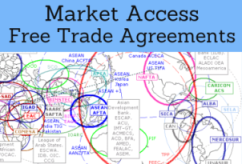
Chilean Market Access and Agreements.
- Chile and the Latin American Economic Area
- APEC
- Latin American Integration Association (ALADI)
- Union of South American Nations (UNASUR)
- Latin American and Caribbean Economic System
- Pacific Alliance
- Agreement for Trans-Pacific Partnership
- Trade Negotiations Among Developing Countries
- U.S.-Chile Agreement
- India-Chile Preferential Agreement
- EU-Chile Agreement
- South Korea-Chile Agreement
- Chile-Japan Strategic Economic Agreement
- Colombia-Chile Agreement
- Chile-Canada Agreement
- Panama-Chile Agreement
- Chile-MERCOSUR Association Agreement
- UK-Chile Free Trade and Economic Integration Agreement
- Mexico-Chile Agreement
- Chile-China Agreement
- Chile-Hong Kong China Agreement
- Chile-Indonesia Agreement
- Chile-Vietnam Agreement
- Trade Agreements with the Costa Rica, Honduras, Guatemala, El Salvador, EFTA, Central America, Nicaragua, Malaysia, Andean Community, Panama, Peru, Australia, Thailand and Turkey
- Global System of Trade Preferences
- Andean Community (associate member)
- MERCOSUR (associate member)
- SICA (observer country)
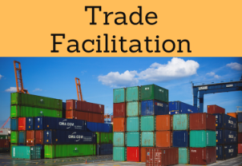
- WTO
- GATS
- Agreement on the Application of Sanitary Measures
- Agreement on Technical Barriers to Trade
- Agreement on Preshipment Inspection
- Agreement on Safeguards
- Trade Facilitation Agreement
- WCO
- BIC
- Chicago Convention (ICAO)
- IMO
- Convention for Safe Containers
- Istanbul Convention
- Hamburg Rules (Sea)
- IRU
- TIR Convention
- Guidelines on Safe Load Securing for Road Transport
- ICS
- Customs Convention on Containers - not a member
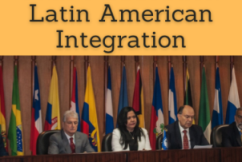
- Inter-American Development Bank
- OAS
- ECLAC
- Africa-South America Summit
- East Asia-Latin America Cooperation
- Summit South American-Arab Countries
- CELAC
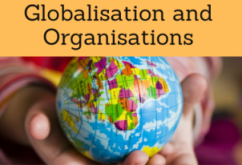
- CPLP (observer country)
- PEEC
- OECD
- UN
- WB
- WTO
- IMF
The Republic of Chile is the regional leader in Latin America, mainly due to its democratic stability that ensures an excellent environment for business and foreign direct investment (FDI).
- Chile has a population of 17 million people
- Chilean official language is Spanish
- Capital of Chile: Santiago de Chile
- Area of Chile: 756,102 km²
- Chilean currency: Peso
- Chile has borders with Peru (160 kilometers, Concordia Line), Argentina and Bolivia
- Chile gained the independence from Spain in 1810
- Abolition of Slavery in Chile: (1823)
Religion in Chile: Christianity.
- Catholicism (15 million)
- Protestants (Chile has 2 million Methodists)
Chile belongs to the Western Civilization - Latin American Economic Area.

Chilean Economy.
- If anything characterizes the economy of Chile is the continuous path of economic growth, placing it among the thirty most dynamic economies
- Chile is one of the lowest-risk countries in the World
- Chile ranks first in Latin America among the most competitive economies in information technology (IT) and communications (World Economic Forum)
- Chile ranks fifteenth among the most interesting countries for doing business and foreign direct investment
- In the Global Competitiveness Index, Chile took the 28th position out of 134 economies
- The Corruption perceptions index of Chile obtained a score of 6.9 (Transparency International)
- Chilean GDP: 257,968 million dollars:
- Primary sector: 3.6%
- Secondary sector: 36%
- Tertiary sector: 60.4%
- GDP growth: 1.9%. Forecast: 2.5% (public expenditure and external sector)
- Unemployment: 6.4%
- Chilean inflation: 4.6%
- The main Chilean economic sectors are mining, manufacturing, fisheries, and construction
- Chile holds the third place among the ten most successful Latin American and Caribbean Countries in attracting the foreign direct investment (UNCTAD)
- The modern Chilean telecommunications systems, competitive banking sector, good public infrastructure, high-quality services, and skilled workers accessibility are top factors to attract the foreign direct investment
- Since 1990, the Government of Chile has implemented public policies to promote and consolidate businesslike and responsible macroeconomics management, economic openness, and international integration, steady institutions and equitable society in which all the Chilean can enjoy the benefits of economic development
- The Economic Growth of Chile has been followed by a severe drop in the public debt, stabilization of the Chilean foreign accounts and the increase of the Chilean international reserves
- These competitive advantages of Chile are reinforced by his open economy that has meant greater competitiveness, growing international trade and fast integration into the global markets
- Chile was the 30th most dynamic economy in the World
Business in Chile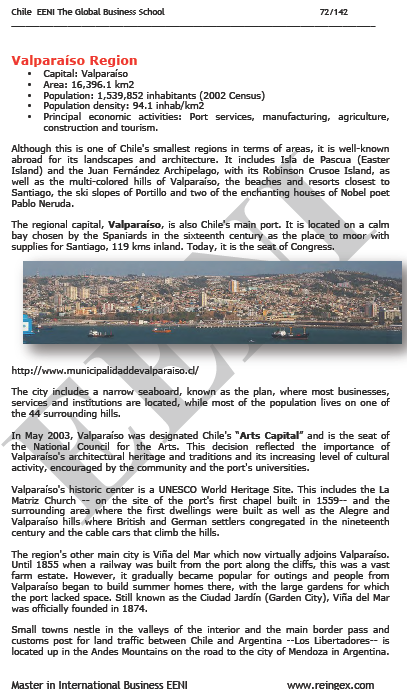
CENCOSUD is one of the largest distribution companies in Latin America, being present in Argentina, Brazil, Chile, and Peru, where the firm has developed a successful multi-strategy.
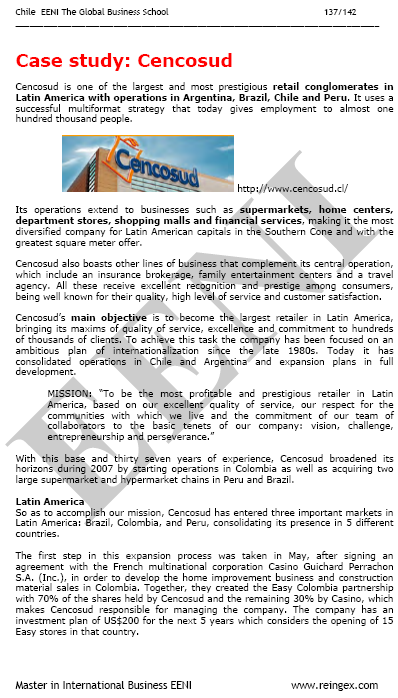
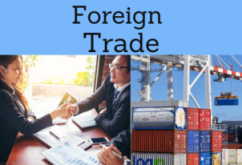
Chilean International Trade.
- 40% of the Chilean foreign trade is made with Asia
- The main trading partners of Chile are China, Argentina, Brazil, U.S., Japan, and South Korea
- Top Chilean export products are copper, molybdenum, ferromolybdenum; pulp, salmon, and wine (these products represent 64% of the total Chilean exports)
- Fall in international prices of copper (6.9%)
- Increase of the agro-food exports
- In the last fifteen years, the Chilean services industry has generated more than 50% of the GDP of Chile
- Chilean service exports have increased at a rate of 6%
- Chile is a member of the APEC, TPP, Pacific Alliance
Foreign direct investment in Chile.
- Chile has received 22,002 million dollars in foreign direct investment, just behind Brazil and Mexico
- Almost 50% of the FDI received in Chile is invested in the mining sector
- Top destinations of the Chilean foreign direct investment: Argentina, Brazil, Peru, Colombia, and the U.S.
- New legal framework for the foreign direct investment
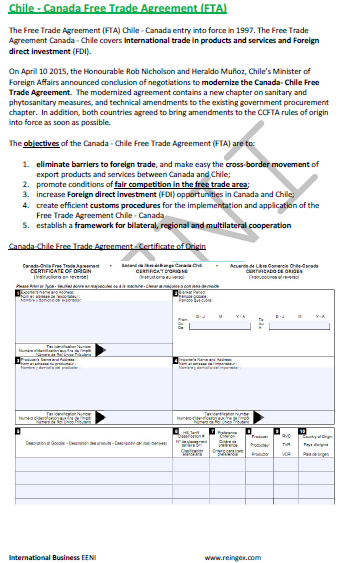
(c) EENI Global Business School (1995-2024)
We do not use cookies
Top of this page


